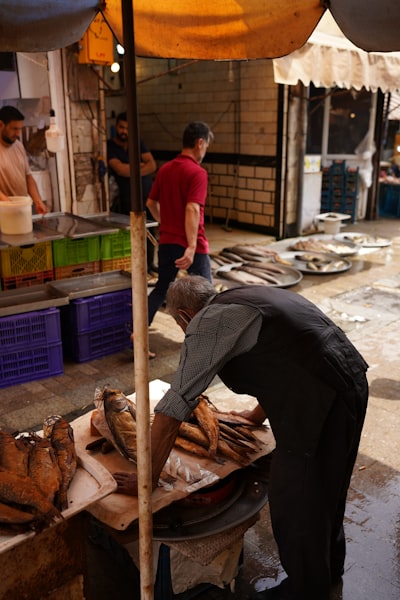Summary
On June 30, 2025, an Israeli airstrike targeted Al-Baqa Cafeteria, a well-known seafront venue in Gaza City. At least 20 Palestinians were killed, with many more wounded. The café, frequented by journalists, activists, and residents seeking internet access and workspace, was described by witnesses and medics as devastated, with bodies scattered and a deep crater left at the site. Israeli military officials did not immediately comment on the strike. The attack was part of a broader overnight campaign of Israeli air raids across the Gaza Strip, which displaced hundreds more families and targeted dense civilian areas. The reported strike also hit a school sheltering displaced people. The events take place against a background of ongoing calls for ceasefire, stalled negotiations, and a mounting humanitarian crisis in Gaza, with over 56,000 Palestinians killed since the war resumed, according to the Hamas-run local health ministry.
Analysis
This incident underscores several overlapping crises afflicting Gaza: unrelenting violence, humanitarian deprivation, and the breakdown of safe civilian spaces. The targeting—or incidental destruction—of a café described as a hub for journalists and activists, not only raises immediate ethical and legal questions regarding proportionality and protection of civilians but also deepens the isolation of Gaza’s information networks. With few places left for communication or shelter, the boundaries between civilian and combatant life blur dangerously. The article explicitly notes the lack of immediate Israeli military comment, hinting at either ambiguity over the target or a tactical calculation in messaging.
As attacks multiply, Israeli warnings and evacuation orders provide little meaningful protection for those unable to move, as illustrated by multiple testimonies of families forced to flee repeatedly. The reporting notes skepticism among residents—while world leaders and media outlets talk about imminent ceasefires, local realities remain dominated by violence, death, and chronic displacement. The piece also situates the violence within a context of international pressure, including references to US diplomatic engagement and international humanitarian concerns. Notably, the mention of controversial aid distribution and recurring violence at aid locations demonstrates how basic survival has itself become a site of deadly risk.
Underneath the daily violence lies a deeper policy and security dilemma for Israel. As the campaign shifts further toward attritional urban warfare, Israeli leaders face diminishing returns for military escalation versus mounting global criticism and domestic fatigue. At the same time, Hamas and other actors exploit the chaos for strategic advantage, while Gaza’s civilian population is left with impossible choices and escalating trauma.
Discussion
Why does this particular incident matter? Because it exemplifies the grinding normalization of catastrophe in Gaza. Spaces meant for respite or work have become sites of destruction, erasing even the possibility of ordinary life. The pattern of striking places housing civilians—due either to intelligence failures, deliberate targeting, or disregard for collateral consequences—calls into question Israel’s operational priorities and the adequacy of international protective frameworks.
More broadly, this is a story about cycles of violence that outpace diplomatic efforts. The expressed hope for ceasefire, juxtaposed with the grim ground reality, highlights a persistent and perilous disconnect between negotiating tables and lived experience. When so many civilians have lost their homes multiple times, when aid distributions become deadly flashpoints, and when no space is safe, it challenges core assumptions about the ability of international law or pressure to meaningfully restrain the conflict.
This episode also raises fundamental questions: How can humanitarian corridors function amid near-constant bombardment? What does accountability look like for attacks on civilian infrastructure in such a tightly controlled, surveilled environment? And, ultimately, what does it mean to talk about justice, security, or even peace, in contexts where survival itself is never guaranteed?
The attack on the Al-Baqa Cafeteria is more than a single tragedy; it’s a marker of systemic breakdown—of diplomacy, law, and the basic social fabric required for recovery. As the world watches and political pressure mounts, the danger is that these moments become mere statistics—unless they are met with both accountability and the political will to pursue a less devastating path forward.

Comments
No comments yet. Be the first to comment!